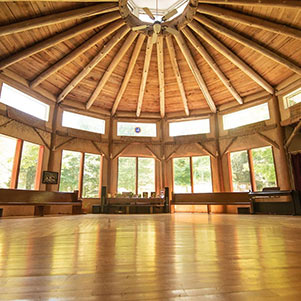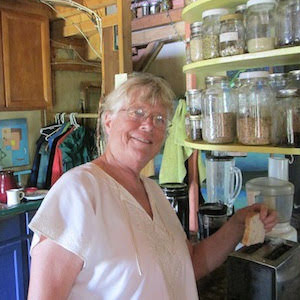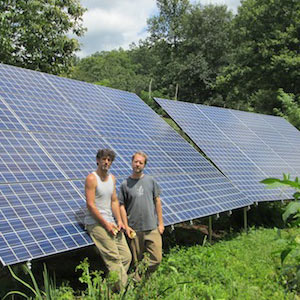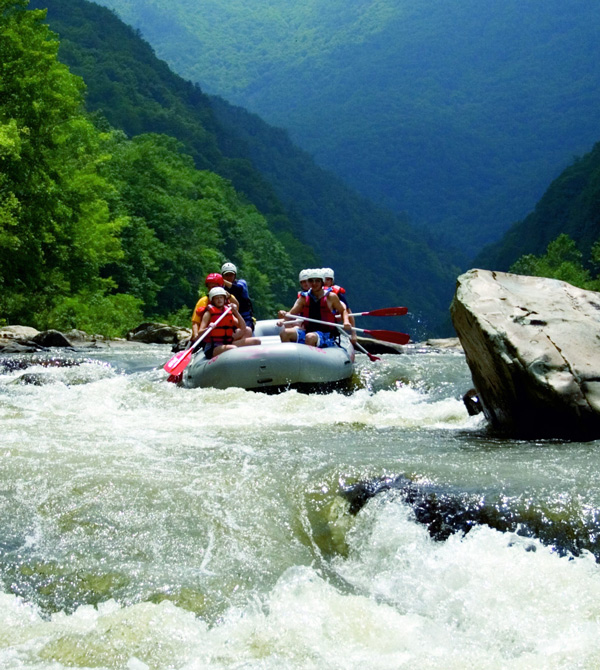Our Location
Most of SOIL’s programs take place in Earthaven’s village center and among the homes, kitchens, cottage industries, cozy neighborhood homesteads, sustainable homesites, small farms, forests, and daily lives of our residents and neighbors at Earthaven Ecovillage and the Taylor Creek Watershed. This permaculture-based community offers a unique living classroom where students directly engage with regenerative food systems, eco-infrastructure, and the intimate experience of community living.
What to Expect at Earthaven
Staying and learning at Earthaven is an adventure! Most SOIL programs take place in the community’s beautiful, hand-built Council Hall, as well as under outdoor canopies and in the woods or on farms. In the spring, summer, and fall, meals are served in our outdoor covered dining area.
Off-grid Living
Earthaven is off-the-grid, which means it is not tied into public electricity or water systems — we create them ourselves. We derive our electricity from hydro (water) power, solar (sun) power, or a gasoline-powered generator, and our water from on-land springs and wells.
Please be prepared to conserve energy and resources while you are staying with us. Some noticeable differences to prepare for include:
- Limited and responsible electricity use
- Consistent monitoring of resources
- More sharing
- No air conditioning or central heating
- Fans and wood heat do keep our spaces cool/warm
- No outdoor lighting at night
Mountainous Village Living
Most SOIL programs are based in the village center, including the Council Hall, dining pavilion, village green, and fire circle. The village center is relatively flat and mostly gravel, grassy, or dirt surfaces.
Some of our classes spend extended periods of time moving across hilly, uneven terrain, working with the elements and engaging as directly as we can with the landscape. If the planned activity is too difficult for you physically, we will do our best to work with you to still be a full participant in the learning village. Some activities, however, may be difficult or impossible to engage with depending on the specifics of a participant’s physical condition. It can be a 15-20 minute walk to get to some outlying learning sites within the program. Although we encourage walking between locations, a participant can choose to drive themselves to the meet-up location if necessary.
Camping is near the village center on rolling terrain. Indoor accommodations are half a mile away from the village center on hilly gravel roads. Some accommodations have stairs.
We are committed to making our programs accessible to those who want to participate. If you have mobility challenges, please contact us as early as possible so we can answer your questions and discuss options.





Phone and Internet
It’s very easy to unplug once you arrive, because most cell phones don’t get reception in the forest. Participants can drive or walk 1 mile up the road if they wish to use their cell phones. Landline phones are available for short phone calls or emergencies.
Internet is available to participants in the Council Hall via ethernet connection (no wifi). The connection is slower that you might be used to and can be unreliable. We encourage minimal internet usage. There is no community computer provided so you would need to bring your own.
Terrain and Wildlife
Earthaven is a rural environment with gravel roads and sloping forest hiking trails. This juvenile eastern hardwood forest is home to a diverse mix of flora and fauna. Among the rhododendron thickets and salamander habitats there are also some ‘guardian species’ such as poison ivy, brambles, and some poisonous snakes to keep us alert and engaged.
Our recovering forest ecosystem is fragile, and our impact can make a difference in its health. We ask that you respect our biodiversity by not harvesting plants, or killing wildlife. If you are allergic to poison ivy and bee stings, please come prepared.
Coming from downtown Raleigh, the journey to Earthaven was a much needed escape – escape from the hustle and bustle of city life, but also an escape back to nature, back to self.

Climate
The summers are warm and humid, the winters are cold, and it is wet and partly cloudy year round. Over the course of the year, the temperature typically varies from 26°F to 81°F and is rarely below 13°F or above 87°F. Although it doesn’t get very hot in the summer, it can feel very hot since the humidity is high.
It rains pretty consistently year round with afternoon thunderstorms in the summer and occasional snow in the winter.
SOIL is the place for planting the seeds of change.
I think that it was a wonderful soul level experience. It has made me develop an even deeper appreciation for the Earth and our patterns of consumption and our relationship to the earth and to each other.
Western North Carolina’s Appalachian Culture
The Western North Carolina mountains are home to the city of Asheville, known for its culinary, dance, and music scene and its thriving artistic community. The North Carolina mountains offer breathtaking beauty—the nearby section of the Appalachian Trail is among the most scenic of the whole hike—and hold unique ecological diversity in their subtropical, temperate, and boreal habitats. The area around Asheville also offers outdoor activities such as whitewater rafting and rock climbing.





